If you are looking wholesale lighting solutions, click here.

Whether it’s our smartphones, fitness trackers, or outdoor lighting systems, these devices can withstand a wide range of environmental conditions, from rain and dust to extreme temperatures.
But have you ever wondered how manufacturers ensure your beloved gadgets can handle the dust and rain? The answer lies in a seemingly cryptic code known as an IP rating.
In this article, we take you on a fascinating journey through the world of IP ratings, helping you understand what they mean, how they’re assigned, and why they matter.
IP (Ingress Protection) Rating is an international quality assurance standard determining a device’s water and dust entry resistance. It consists of a two-digit grading system. The first digit is for dust tightness, and the second is for water tightness.

The rating is determined after a device goes through a comprehensive set of tests as outlined by the International Electrotechnical Commission (IEC). A device can only attain an IP code after being thoroughly tested by an IEC-approved certification company.
Now that we have covered the basic idea of IP rating let’s jump into the deeper end of this interesting topic.
Now, let’s move on to the actual IP rating, the numbers, and their meaning. Your basic IP rating consists of two digits and occasionally an alphabet.
The first digit represents dust and other small particle protection. It goes from 0 to 6, with zero meaning that the product has no protection against solid particles and six meaning the product is completely dust-tight.
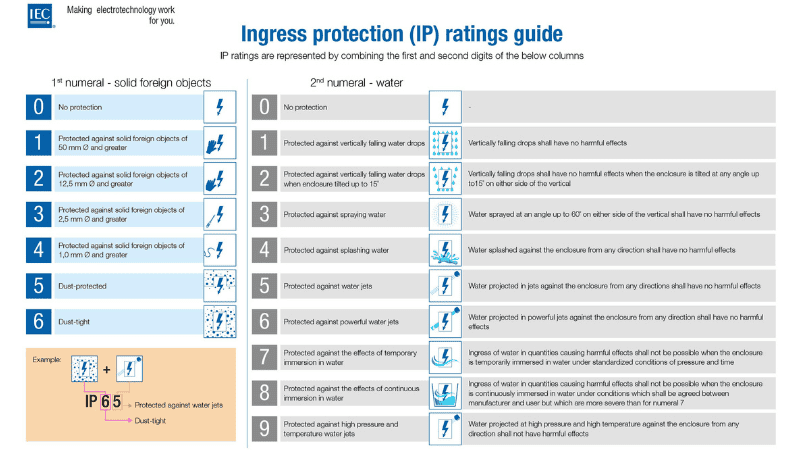
Similarly, the second digit represents water and moisture resistance. It goes from 0 to 9, with zero standing for zero protection and nine, meaning the device can withstand high pressure and high-temperature water.
Occasionally, you will see letters accompanying these IP ratings. Letters provide additional information like environmental testing conditions and clarifications. More on that later.
Solid objects can enter and damage electrical equipment, but the degree of damage varies from device to device. The first digit of the IP rating stands for protection against solids.
While the first digit is primarily associated with dust and dirt, the rating system also considers hands, fingers, tools, screws, insects, etc., as unwanted solid objects entering a device.
Testing considers solid objects’ size and shape before assigning an IP rating to the device. Providing further details to the consumer about product capabilities.
In IP56, “5” means the device will resist dust particles, but there is a small chance of dust entering the electrical equipment.
| Protection Level | Solid Particle Protection Effectiveness | Details |
| o | Zero Protection | The device has no means of stopping solid object entry. |
| 1 | Protection against objects larger than 2 in. (~50 mm) | Prevents accidental body contact such as the hand. |
| 2 | Protection against objects larger than 0.5 in. (~12.5 mm) | Fingers and other small objects |
| 3 | Protection against objects larger than 0.1 in. (~2.5 mm) | Tools and other slender objects |
| 4 | Protection against objects larger than 0.4 in. (~1 mm) | Wires, small screws, insects |
| 5 | Dust-Resistant | Dust can enter the device but will not interfere with its operations. |
| 6 | Fully Dust-proof | Device has complete dust protection. |
The second digit of the IP rating system stands for protection against moisture, water drips, pressure water jets, and underwater immersion.
Protection against solid foreign objects is relatively easy to implement in a light fixture design. The challenge comes with water ingress protection.
With enough time, water can slowly creep into your device, so the second digit needs more granularity. To provide accurate IP ratings, testing considers the volume, depth, pressure, temperature, and water exposure time.
There are a lot more variables with water. Hence, the water testing goes from 0 to all the way up to 9.
In IP67, “7” means the device can withstand submersion into water at a depth of 1 meter and for 30 mins.
| Protection Level | Water & Moisture Protection Effectiveness | Details |
| o | Zero Protection | The device has no means of stopping liquid entry. |
| 1 | Protection against vertically dripping water | Approximately 1 mm of rainfall per minute. |
| 2 | Protection against vertical dripping water on device tilted at 15° angle | Approximately 3 mm of rainfall per minute. |
| 3 | Protection against water spray from up to a 60° angle | 10 liters of water at 7-22 psi, for five minutes |
| 4 | Protection against water spray from all angles | 10 liters of water at 7-22 psi, for five minutes |
| 5 | Protection against direct water jets from from all angles | 10 liters of water per minute, at 4 psi from a distance of 3 meters. |
| 6 | Protection against powerful water jets from from all angles | 100 liters of water per minute, at 15 psi from a distance of 3 meters. |
| 6k | Protection against powerful water jets from from all angles at higher pressures | 75 liters of water per minute, at 150 psi from a distance of 3 meters. |
| 7 | Protection against water immersion up to 1 m of depth | 30 minutes below the surface of water at a maximum depth of 1 meter or (39 inches) |
| 8 | Protection against water immersion of over 1 m of depth | Over 30 minutes and more than 1 meter of depth. Details as specified by manufacturer. |
| 9 | Protection against high temperature and pressure water jets from various angles | 15 liters of water per minute at 1500 psi and 176°F (80°C), from a distance of 4-6 inches. |
Now that we have a good understanding of the two important digits of IP rating. Let’s talk about the additional letters and the information they contain. There are two sets of supplementary letters for IP rating.
First is the environmental conditions for testing, and the second set of letters represents the type and size of the solid foreign objects.
A light fixture rated IP67M is dustproof and water resistant, and the testing was conducted with the fixture in motion. Hence, the letter “M” at the end of the rating.
IPXXD means the device has not gone through any dust or water-resistance testing. However, the letter “D” at the end of the rating states that the device will prevent metal wires from entering the electrical enclosures.
| Additional Letters | Description |
| A | Protection against back of hand contact |
| B | Protection against human finger contact |
| C | Protection against tool contact |
| D | Protection against wire contact |
| Supplementary Letters | Description |
| F | Device is oil resistant |
| H | IP rating is for a high-voltage device |
| M | Device was in motion during testing |
| S | Device was stationary during testing |
| W | Tested for specific weather conditions |
If a product is tested for water resistance but not solid foreign object resistance, you will see an “X” in place of the first digit and vice versa. The IPX rating indicates a lack of testing and doesn’t mean the product has zero water or dust protection.
IP certifications can be quite expensive, especially for devices tested for higher ratings, like IP68 and IP69. So unless a device absolutely needs the certification for operational use, manufacturers often skip one testing or another.
A common scenario involves testing for water resistance but not for dust ingress protection. If a device is rated as waterproof, it will also have strong dust-tight properties.
Thus, manufacturers can avoid the cost of getting their products tested for dust resistance. So products rated IPX6, IPX7, IPX8, etc., will be dust resistant but have not been certified by any official body.
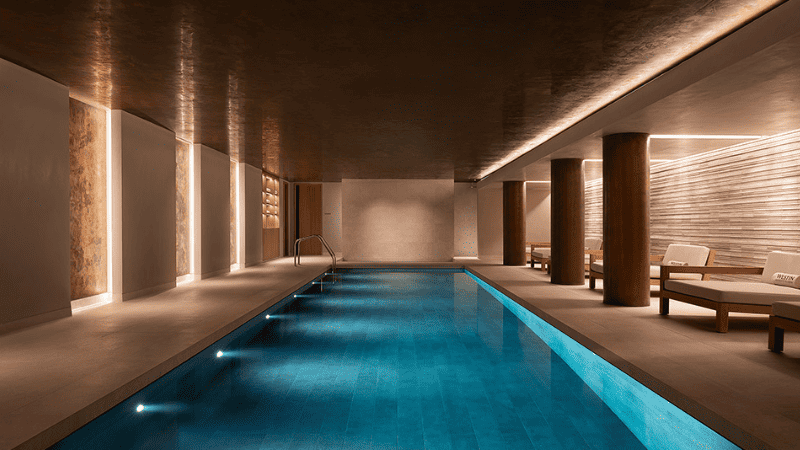
Similarly, products with zero chance of water exposure don’t require IP water testing. An LED light fixture meant for an indoor office with air conditioning doesn’t need to be water-resistant but still needs to be dust-tight.
So products rated IP4X, IP5X, IP6X, etc., will have dust ingress protection but have not been tested for water ingress.
The IP rating system benefits light fixture manufacturers, businesses, and general consumers. The two-number rating is a quick way to inspect and verify a product’s capabilities.
Following are some of the most important benefits of the IP rating system.
IP ratings give a quick overview of the product’s quality, capabilities, and safety. Light fixtures get deployed in harsh working environments ranging from humid, moisture-prone locations to factory floors with lots of dust and debris.
A water-damaged light bulb hurts illumination, compromising workplace safety. Metal bits and debris in factories can damage light sources and even cause fires.
With clear IP ratings on products, business owners can choose and install light fixtures according to their work requirements. You can install modest IP rating fixtures in low-risk areas like offices and high IP rating fixtures in critical spaces.
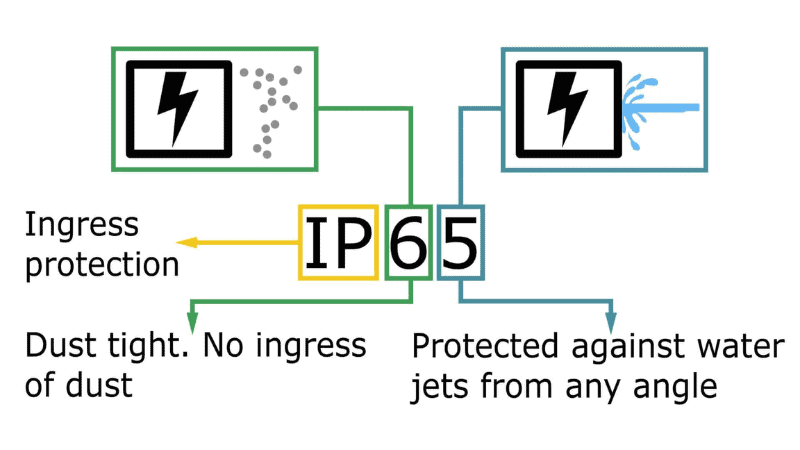
Who doesn’t want their product description to be clear and concise? A well-labeled product is easier to market and sell than a poorly labeled one. Confusion around the capabilities of a product is detrimental to consumers and businesses.
Clear IP rating badges on the box of a lighting product let buyers know that the product is perfect for their application. It also negates the need for sales staff to come in and explain the product capabilities to new buyers.
Newcomers can look up the desired IP ratings for their applications and simply go to a store and buy the appropriate light bulb.
The biggest benefit of ingress protection ratings is that it enables consumers to make well-informed purchasing decisions. IP ratings tell consumers that a light fixture has been tested and certified to work under certain environmental conditions.
Every buyer’s dream is knowing that a product will work in the intended environment without a hitch. Without IP ratings, a person would buy a light fixture for their backyard, hoping it would survive the occasional rain.
If the fixture dies of moisture damage, the consumer will bear the loss. Buying a replacement light fixture would start the cycle all over again.
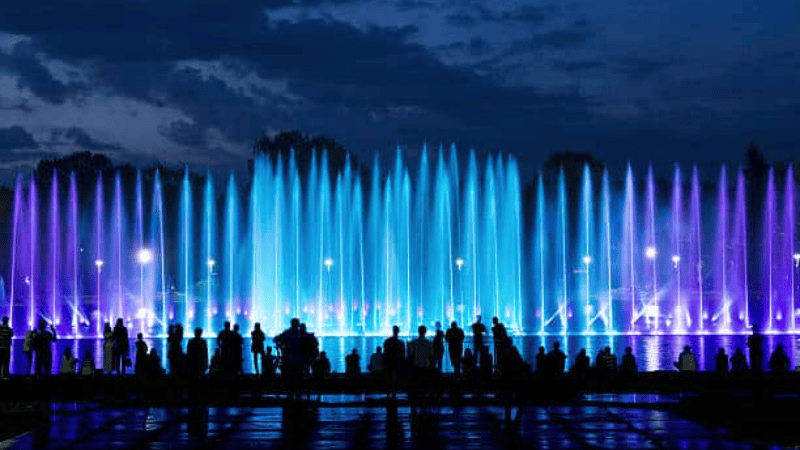
In our modern society, we import and export products from one end of the world to another in a matter of days. Any product that goes through international shipping must be certified for various regions.
The universal IP rating system conveys the capabilities of the product across borders. Sellers and buyers can rest assured that a waterproof rating in the US will maintain its rating in the EU or other parts of the world.
Product segmentation is the practice of making small changes to a product line to cater to a broader customer base. For example, a company can modify its LED light bulb design to have two different IP ratings.
A waterproof, high IP rating option for extreme weather, a medium IP rating for general outdoor use, and a low IP rating for indoor use.
By segmenting their products, the business can offer several options to their customers at different price ranges.
Waterproof enclosures must have a minimum IP rating of IPX6 for protection against powerful water splashes and occasional submersion.
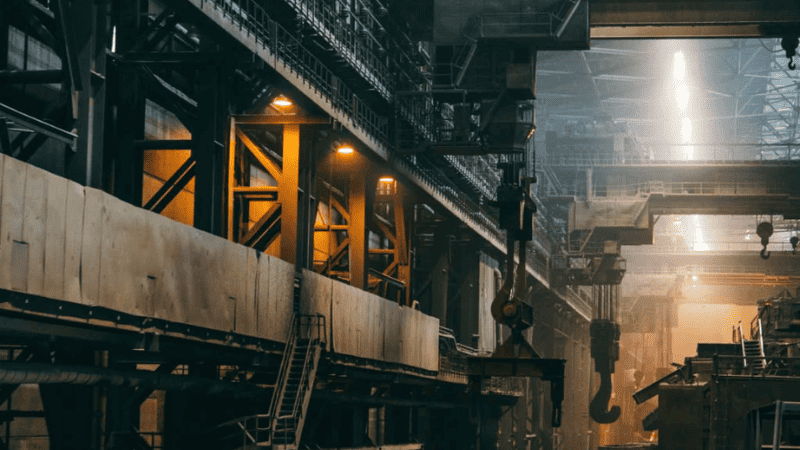
Weatherproof enclosures don’t need a higher IP rating since rain is mostly vertically dripping water. Hence, IPX2 and IPX3 can be considered weatherproof.
Manufacturers often use various marketing terms to simplify their product descriptions. While words like waterproof and weatherproof are meant to simplify product descriptions, they can often lead to further confusion.
It’s best to avoid marketing terms like weatherproof since weather conditions vary from region to region and season to season. Waterproof is a more reliable term as it clearly indicates no water can enter the device.
However, a firm knowledge of the IP rating system is still the best way to approach products.
A good knowledge of IP ratings will help you navigate the world of waterproof and dustproof electrical devices. But, having references for general situations will help consumers get the best products for their applications.
Following is a list of typical IP ratings for various situations.
Outdoor IP-rated enclosures benefit from high ratings since they are prone to bugs, dust, rain, and moisture ingress.
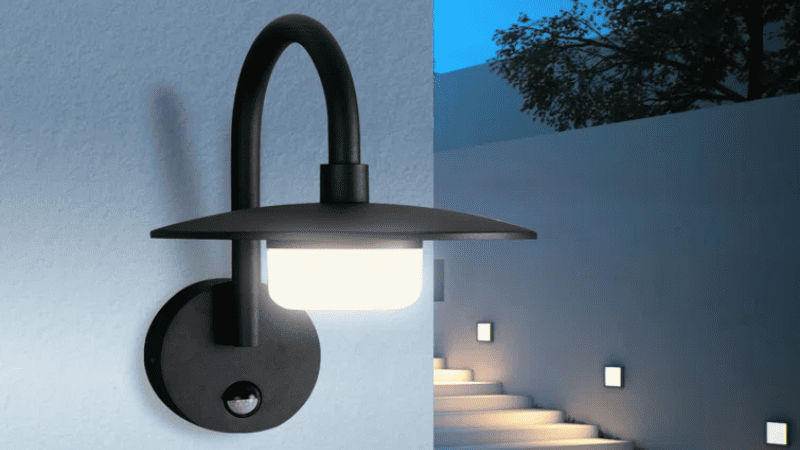
High IP ratings are recommended for devices under threat of direct rainfall. These include outdoor fixtures like string lights, bollard lights, in-ground spike lights, security cameras, and more.
Such devices will have to face harsh weather conditions and other environmental challenges. IP ratings over IP45 are recommended for devices with a protective covering or under some shade, and IP66 for completely exposed devices.
Lower IP ratings are recommended for non-critical electronic devices in mild environments. These include wall-mounted LED lights, low-voltage WIFI routers, street lamps, etc.
Any device that is cheap and easy to replace, like an LED bulb in a street lamp, doesn’t need high IP ratings.
Additionally, if you do not expect rain to be a factor, IP2X-rated devices should be more than enough. Even with light rain in mind, IP24 is a decent option.
IP ratings with a zero in them have the lowest level of protection. Unlike the letter “X,” a “0” means that the device is weak to all manner of water ingress.
Such devices are primarily recommended for indoor use but occasionally see outdoor deployment. Common examples include places like gazebos or temporary outdoor lighting setups, like food stalls.
IP54 is a good overall rating for all devices. Such devices will stay safe from dust, solid particles, and occasional strong rainfall.
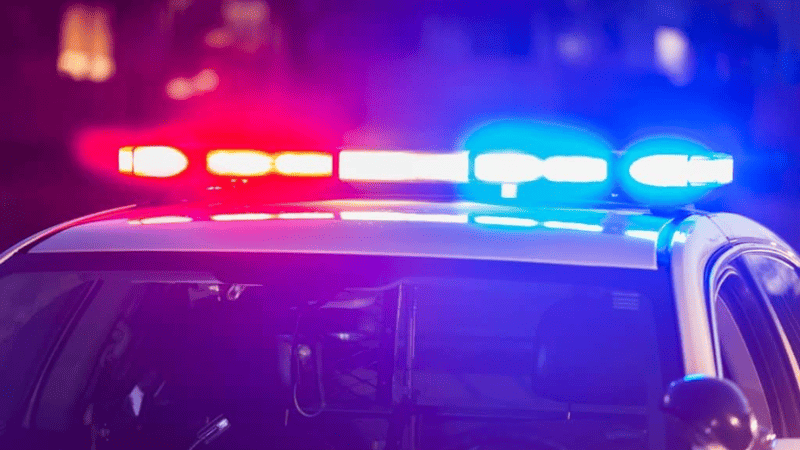
If you’re looking to install some light fixtures in your backyard or garden, IP54 is a safe choice.
Next, we have one of the most common IP ratings, IP65. This rating is ideal for Sensitive electronics that need to avoid dust at all costs and are critical enough that any type of accidental water damage needs to be avoided.
Security and safety lights around the exterior of a building, generators, power backups, and electricity distribution hubs should all be at least IP65.
IP67 and IP68 are the highest IP ratings for commercial products. Any mission-critical equipment, like Smartphones, tablets, and outdoor UPS, must be fully dustproof and have strong water protection.
Additionally, electrical systems near pools and fountains need high IP ratings. IP68 is a must-have for lights deployed near bodies of water.
Light fixtures typically don’t require higher IP ratings. However, lights deployed in hard-to-reach places, like the rooftop of a large building or a 20-meter-high mall façade, need to be IP67 or higher.
Because replacing such light bulbs is costly and time-consuming, so it’s better to have an over-spec light fixture that absolutely will not succumb to environmental damage.
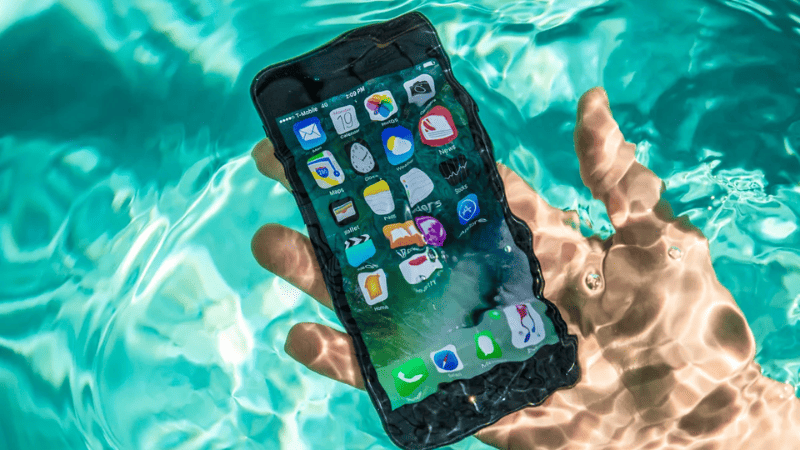
Indoor lighting is less complicated than its outdoor counterpart. Water damage is a higher concern than dust ingress for indoor situations, with bathrooms, kitchen, and laundry areas being top priority.
Bathrooms, in particular, are divided into zones, with each zone requiring a minimum IP rating for liquid protection.
Zone 0 is your water holding area, such as sinks, bathtubs, showers, etc. Any electrical outlet or light fixture installed in this zone should be fully protected against water damage and partially protected against submersion.
Light fixtures installed here require a minimum IP rating of IP67. Additionally, these light fixtures need to be low voltage to further negate potential harm. Luckily, LED lights already come in low 12v options.
Zone 1 is your splash area. Any light fixture installed in this area will see direct and frequent exposure to splashing water. The area directly above zone 0, up to 2.25m, falls under zone 1.
Electrical equipment in this zone should be completely splashproof (IPX4 or higher) and run on low voltage (12v) to further negate potential harm.
While an IP44 light fixture is the bare minimum for Zone 1, most professionals recommend an IP65 just to be on the safe side.
Zone 2 is the area that stretches beyond the 0.6m of Zone 1 and to a height greater than 2.25m over Zone 0. This area also falls under the splash zone but will see less water spray than Zone 1.
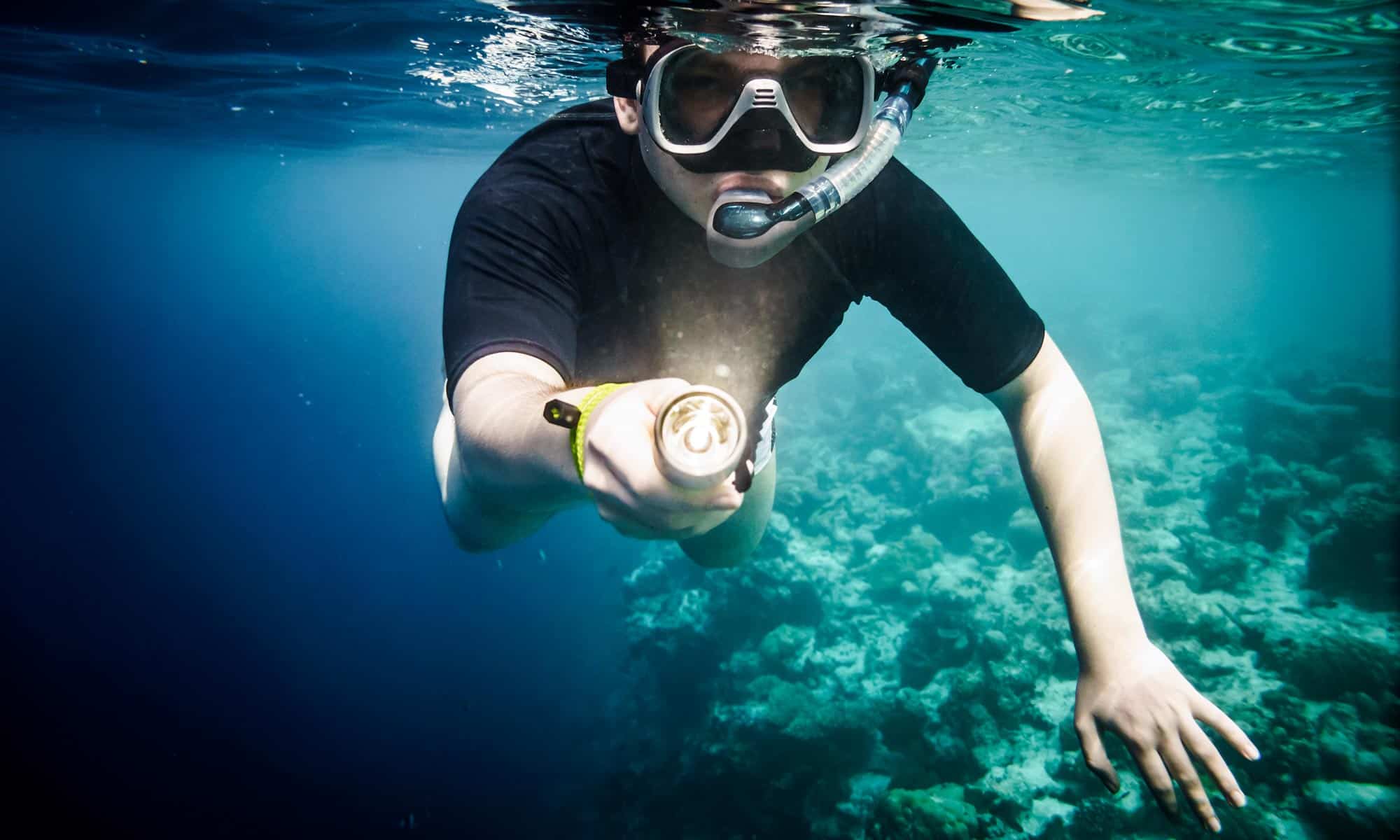
Again, IP44-rated light fixtures are more than enough for this area, but a higher rating is always a good option.
Electronic enclosures and fittings outside Zones 0,1, and 2 don’t need any IP certification. Most countries don’t have any regulations for light fixtures in the outsize zones. You can even install a high-voltage device in this area.
Although IP ratings are not necessary here, consumers are always encouraged to install light fixtures with some level of protection against particles and moisture ingress.
Getting the right IP ratings for your devices is as easy as following five simple steps.
Start with a basic assessment of your environmental conditions. Finalize the installation location, look at the weather conditions, determine if the device is mission-critical, and check for exposure to hazardous chemicals.
You can use the above-mentioned recommendations for indoor or outdoor device standing, depending on the location. Similarly, harsh weather conditions and high-priority electronic equipment will result in higher IP ratings.
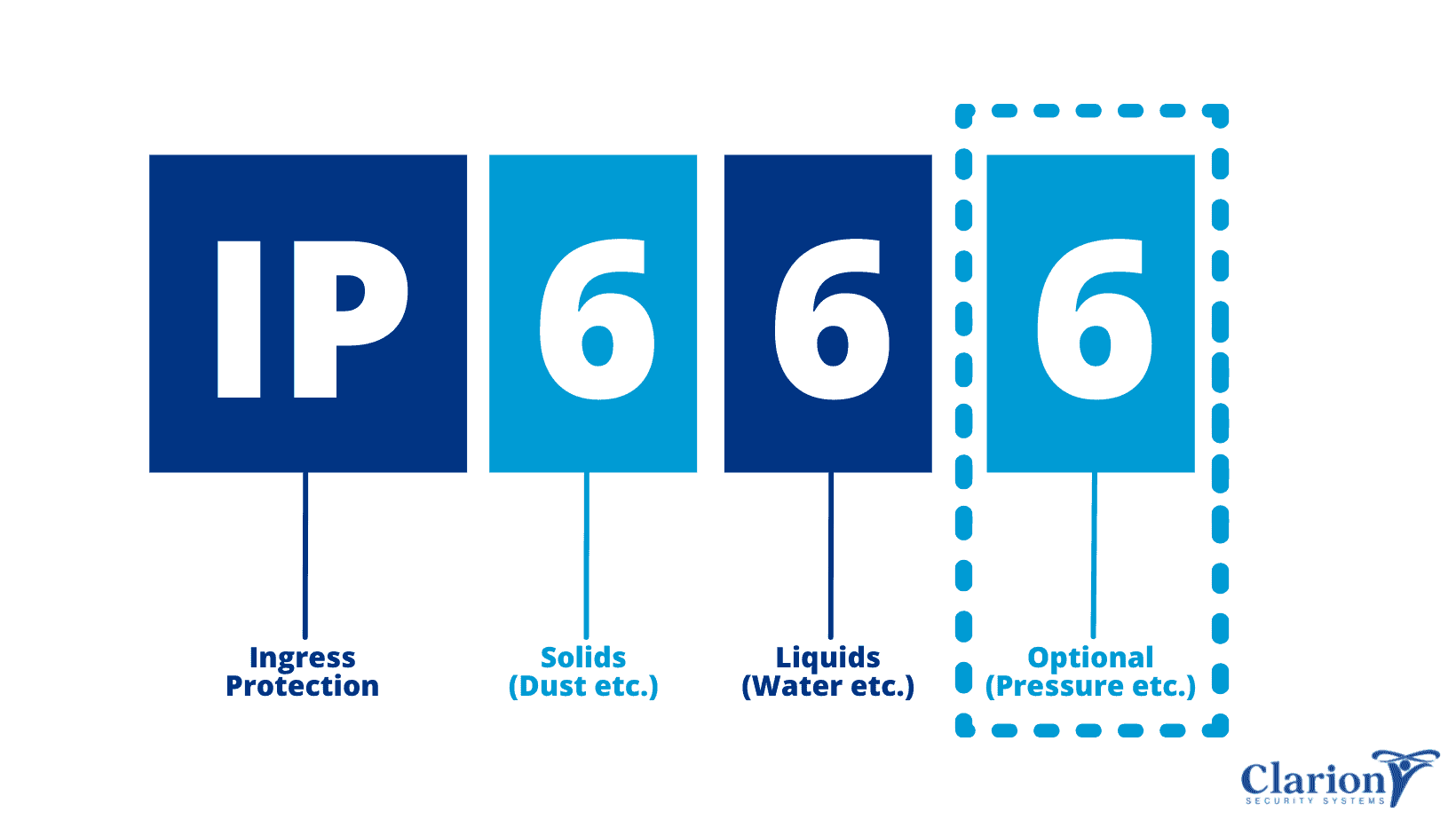
Ingress protection standards come in several varieties. Internationally, we have the IEC rating and ISO IP code, two industry standards that provide a universal device protection mark.
However, the US also uses the NEMA enclosure ratings, which require additional product testing and implementation of certain feature sets. NEMA is less laymen-friendly and primarily focuses on industrial products, where health and safety compliance is a high priority.
Businesses looking to install IP-rated enclosures in their workspace should refer to acceptable industry standards in their region.
We have already covered this section above. But let’s go over it once more.
IP ratings describe the operating conditions of an electronic device through a simple two-digit numerical rating. Allowing businesses to better market their products and consumers to make more informed purchasing decisions.
IP ratings are assigned after a product goes through a series of dust and water protection tests. These tests range from mild dripping water to pressurized water jets aimed at the device.
Knowing the IP rating chart and its testing methodology will help you better identify your device requirements.
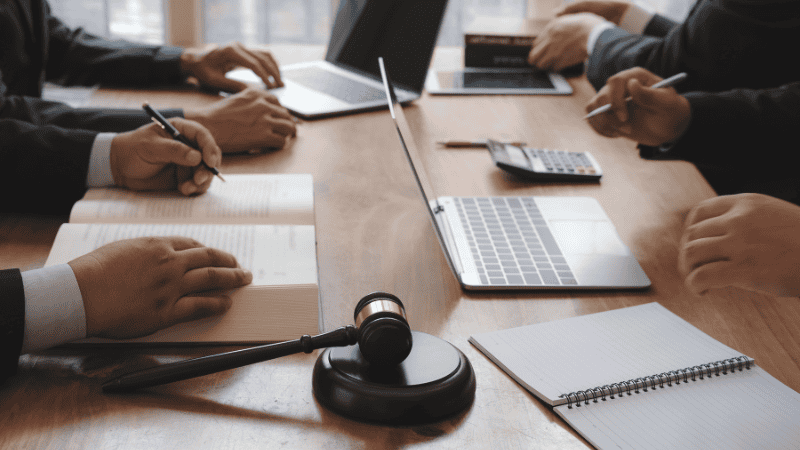
Product safety ratings and minimum product requirements can be confusing for most industry veterans.
So, a quick consultation with expert contractors and technicians is highly recommended for businesses looking to install lots of water and dustproof devices.
Professional help can’t be understated. As your project scale grows, juggling multiple IP ratings becomes a hassle. A quick word with an industry expert now will save you hours of headaches in the future.
Finally, it’s important to test and verify your IP-rated devices. If you’re installing several hundred electronic devices like LED light fixtures. Take a random sample and test it yourself.
Use a quick water spray to test if the device holds water, visually inspect seals, and verify if the product works as intended. Some smart devices have built-in monitoring that will let you know if your IP-rated enclosures have been compromised.
IP ratings are now synonyms with electronic enclosures. Nearly every type of electrical device benefits from dust and water protection.
Here is a short list of applications that benefit from having an IP rating.
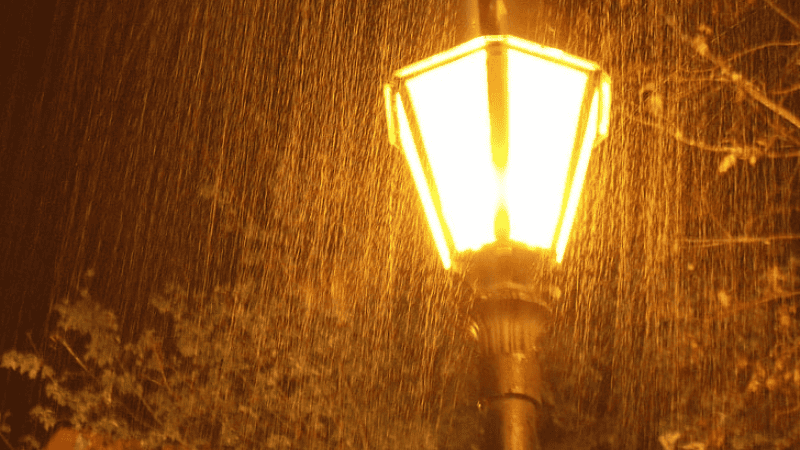
Light fixtures are by far the biggest beneficiary of the IP rating system. As these devices are deployed in various environmental conditions and run for 12 to 24 hours of the day, buyers need assurances of reliability.
Consumers can follow the IP rating chart and select appropriate lighting fixtures that best suit their applications.
In the last decade, smartphone protection has seen a major uptick. Since these devices have become a core part of our daily lives and carry valuable data, safety from dust and water is necessary.
Most high-end smartphones get an IP67 rating and can survive a quick dip in the water, which is more than enough to keep your precious cellular device safe and sound.
Medical equipment is generally placed in a controlled environment with little to no chance of damage. However, the cost and critical nature of the equipment demand that all precautions be considered.
All electronic medical equipment requires protection against solids and liquids. Ventilators, dialysis units, and large MRI machines have some level of dust and moisture protection.
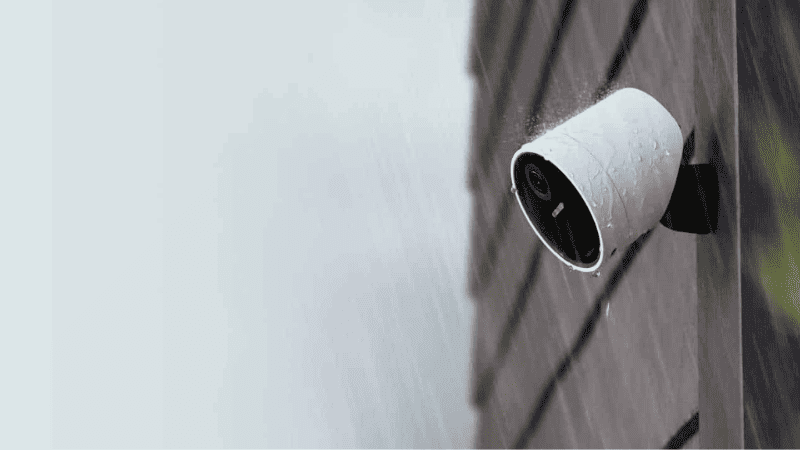
Security cameras are one of the most important devices for a business or residence. As a product dedicated to safety, it is essential that it maintains full functionality in all conditions.
These devices often run for years attached to one location, so it’s important that they avoid dust and moisture ingress at all costs.
Cars themselves don’t have an IP rating. But many internal components, especially electrical ones, need decent water protection.
Additionally, since modern cars contain more and more electronics, smart controls, and safety sensors, the need for robust IP rating has become evident.
IP69 is the highest IP rating for most general consumer goods. It indicates a device is completely dust and waterproof.
Most electronics prominently displayed an IP (ingress protection) mark on the product packaging. For industrial products, check the specification sheet for exact details.
IP66 devices are fully waterproof against heavy rain at standard atmospheric pressure and room temperature. For underwater operation, your device needs to be at least IP68.
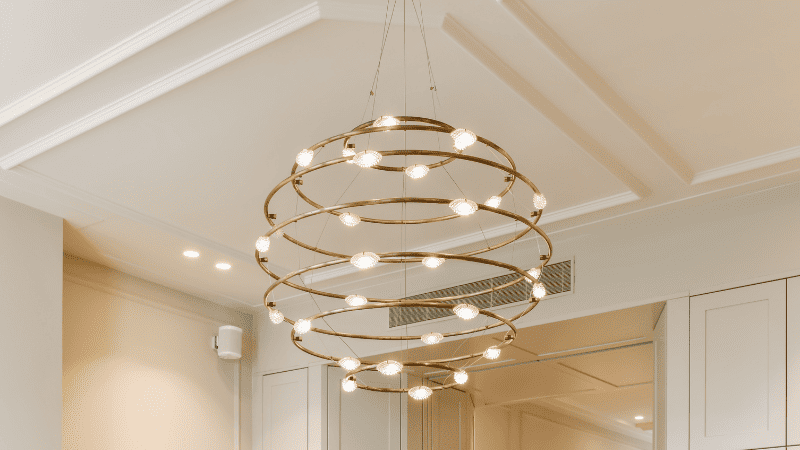
Yes. Smartphones and lamps go through the same testing criteria to get IP certified.
Absolutely. It is very easy to keep dust particles out of an electronic enclosure. A good rubber seal will make your device dustproof, but water can still get inside.
Yes, waterproof lights work underwater as long as they are IP68. But only up to a certain depth. High pressures can weaken the waterproofing capabilities of a device.
The IP rating system has so much to offer to the world of electronics. As electrical devices become a bigger part of our daily lives, the need to keep said devices safe from harsh environments takes center stage.
Everything from light fixtures to smartphones to security cameras benefits from a robust water and dust-resistant design. Luckily, we have an IP rating system that tests and certifies manufacturer claims about water and dustproofing.
Risun is your one-stop shop for all lighting solutions. We have provided outstanding lighting products and excellent customer service to our global buyers for over 13 years.
Our robust outdoor lighting solutions come with multiple IP ratings, shapes, and sizes and cater to all markets. We facilitate our clients with complete supply chain management, from sourcing suppliers to ensuring quality compliance and timely product delivery.
Supercharge your business with Risun. Contact us Now!
Comprehensive Lighting Solutions for MRO Wholesalers and Professionals
send your inquiry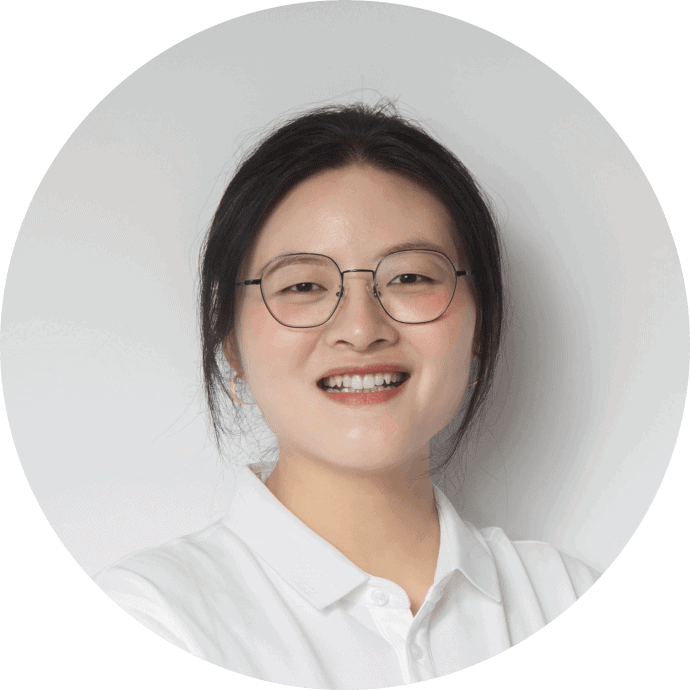
Hi, I'm the author of this post, and I have been in this field for more than 15 years. If you want to wholesale lighting fixtures or lighting related product, feel free to ask me any questions.
Learn More >>Download our catalog to view all of our lighting products.
Ready to get started ?
Send Your InquiryOur team will get back to you promptly

please
download
Get notified about new products
Our team will get back to you promptly!
Add your first comment to this post